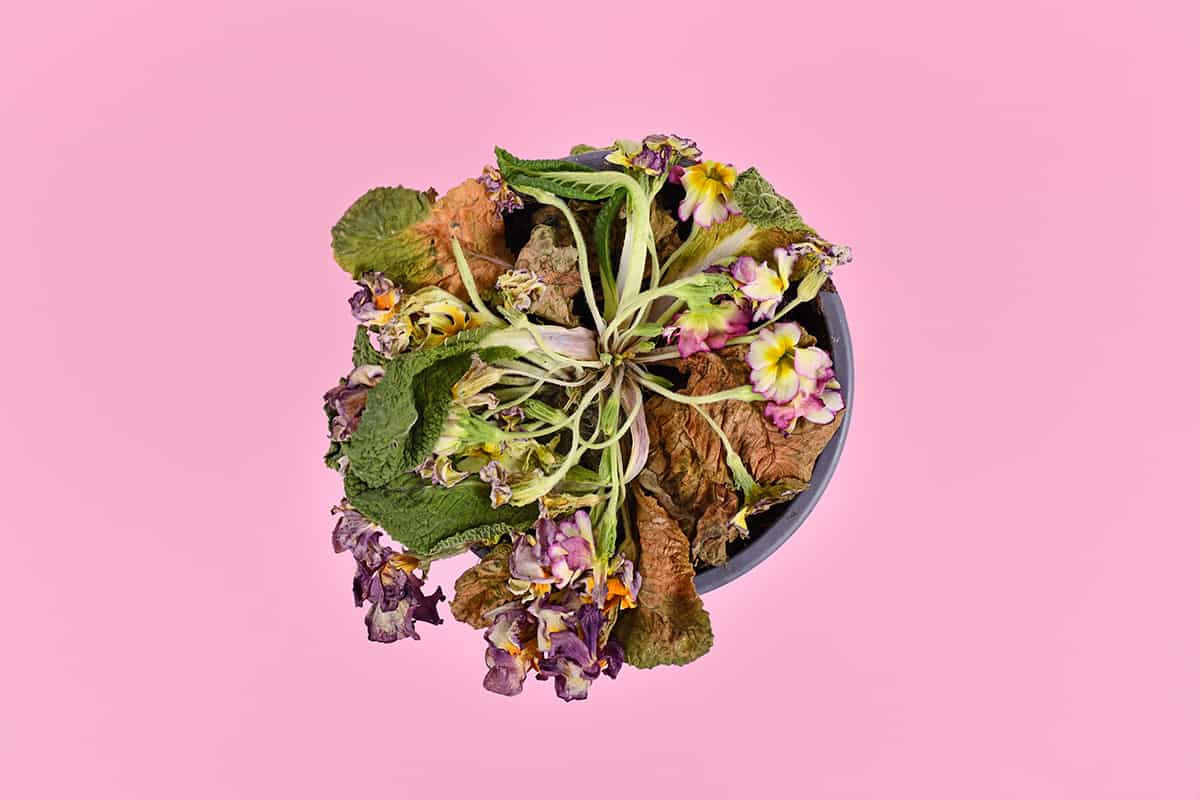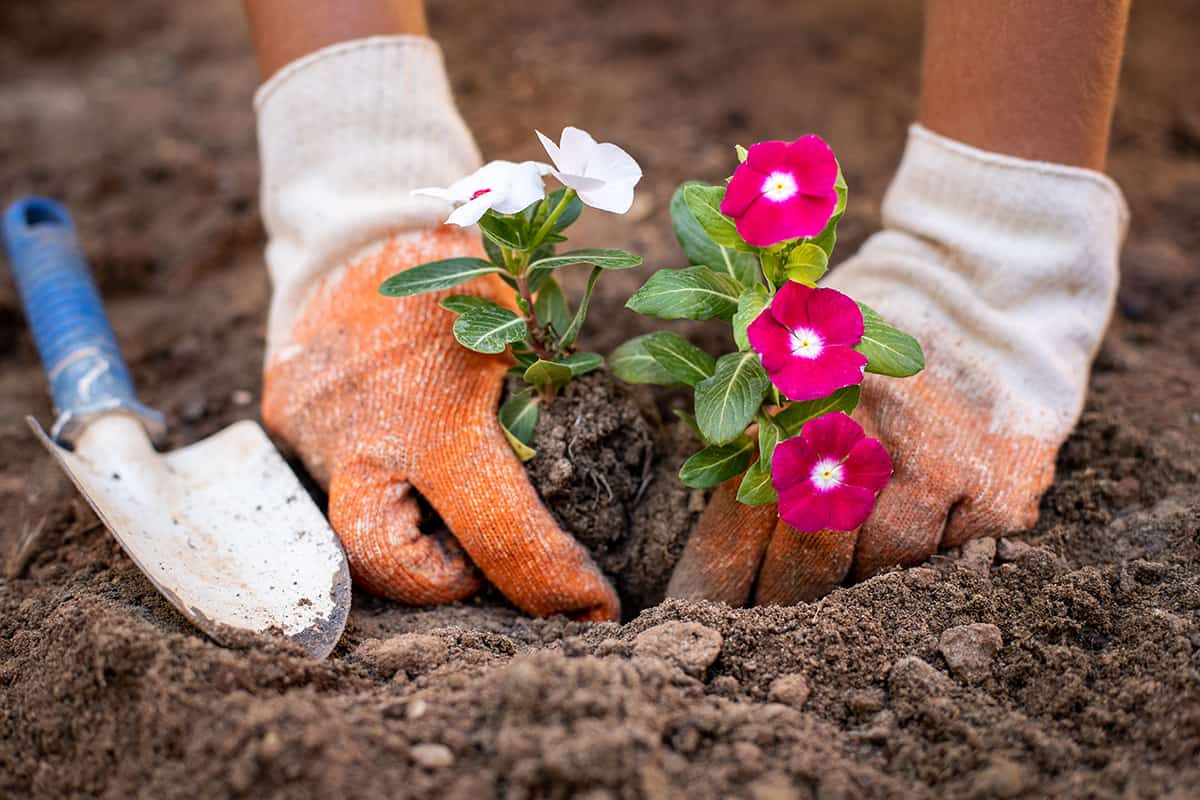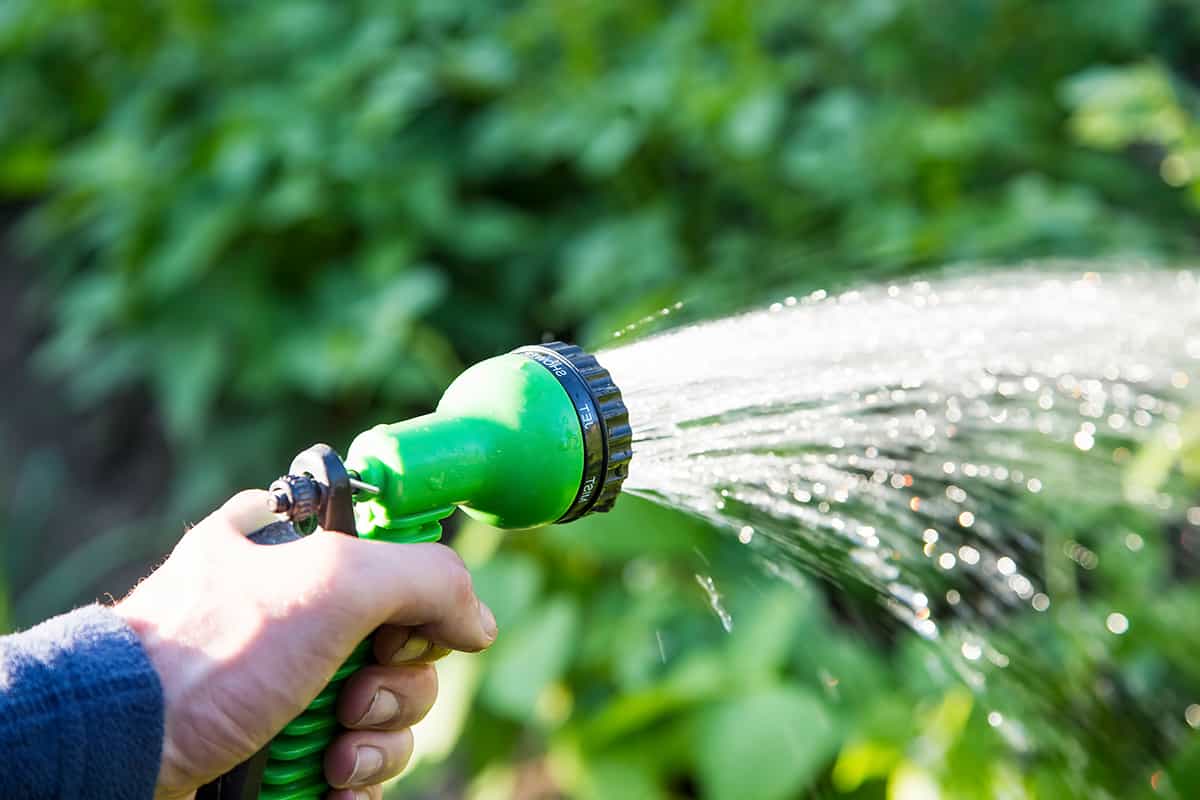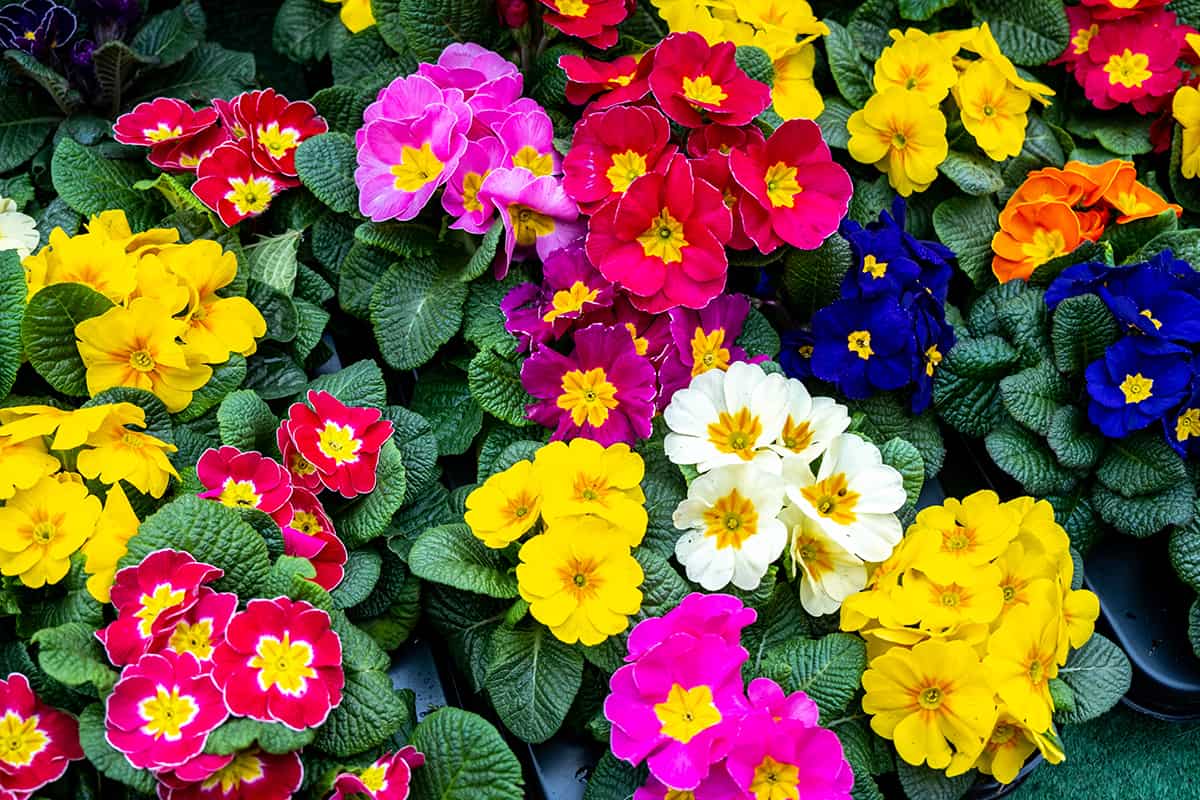Anyone who has tried to take care of primrose at some point may have wondered why it is dying. Not everyone has a green thumb. Because of that, we're here to help you. We've done extensive research into this question and have the answers below!
The following are reasons a primrose will die:
- Bacterial Soft Rot
- Fungal Root Rots
- Gray Mold
- Viruses
- Environmental Stresses
Most issues above can be avoided if primroses are taken care of properly. A few things that you can do to keep your flower in good health include:
- Use suitable soil
- Water appropriately
- Provide bright, indirect sunlight
- Maintain a cool temperature
- Increase the humidity level in the area
- Fertilize only if necessary
- Prune to promote reblooming
- Propagate properly
In this article, we’ll go into detail about each disease or factor that causes the death of primroses. We’ll also go through each guideline in taking care of these plants to have longer flourishing primroses. So keep on reading!
![Colorful primrose flower in the garden, Why Is My Primrose Dying? [And What To Do]](https://gardentabs.com/wp-content/uploads/2022/08/Why-Is-My-Primrose-Dying-And-What-To-Do.png)
Why Is My Primrose Dying?
Primroses (Primula vulgaris) are delicate, mounding flowers that naturally grow anywhere in the world. They are available in a wide range of colors, are fragrant, and have interesting, crinkly textures to their foliage.

It is essential to be vigilant for any potential problems of the primrose and to act quickly to address them, especially when you see them dying.
Extra caution is needed because issues can escalate alarmingly quickly once they surface. Knowing that diseases cause most reasons for dying primroses due to an unsuitable growing environment.
Below are several possible reasons why primroses die and some preventive measures you can try if it happens to them.
Bacterial Soft Rot
Primroses growing in warm, humid environments or overly wet soil are susceptible to bacterial soft rot. This is due to the Erwinia carotovora infection, which is most common when the temperature is around 70-80°F.
Primrose that is harmed wilt typically decomposes close to the ground before turning dark green.
Control:
The plants should be spaced to get enough air, watered from below, and guarded against wounds that could become infected.
By removing and destroying affected plants as soon as symptoms emerge, you can stop the spread of bacterial rot.
Fungal Root Rot
Primroses are left stunted and withered by three fungi, Pythium, Phytophthora, Rhizoctonia, and yellow, dying foliage. These soil-borne illnesses affect roots, which reduces their capacity to transport nutrients and water.
Primrose seedlings are wilted and killed by Pythium, while Phytophthora and Rhizoctonia attack older plants. Primroses are more likely to contract root rot infection in poorly drained or excessively wet soils.
Control:
By choosing primroses with dense, healthy green foliage and well-developed roots, you can prevent the introduction of root rot into your garden.
Removing already-infected plants plus watering when necessary will help to prevent the spread of the diseases.
Gray Mold
Even though the gray mold (Botrytis cinerea) prefers dead plant tissue for its regular diet, moist weather with temperatures above 54°F encourages its growth in healthy plants.
New shoots and leaves are discolored and wilted by the disease, and as they deteriorate and fall off, they are typically covered in fuzzy mats of gray or brown spores. It disfigures the petals of flowers with wet spots.
Control:
Temperatures below 54°F and dry conditions suppress the growth of the fungi.
Pruning infected plant tissues, removing contaminated soil particles, and watering the plants from below will help control the disease.
Viruses
Primroses are infected by the viruses that cause primula mosaic; tomato spotted wilt, and impatiens necrotic spot through damaged tissue.
As they feed, the primula mosaic and tomato spotted wilt viruses are also spread by two sap-eating insects, the aphids and thrips.
The typical virus symptoms are wilting, deformed yellowing leaves or flowers with spots, lines, or mottling.
Control:
Removing the affected primroses and any nearby weeds that may be home to the viruses or their insect vectors is necessary for these incurable diseases.
Environmental Stresses
Primroses frequently wilt from lack of moisture in dry soils and strong sunlight, just as they may in excessively wet soils due to root rot.
Control:
These plants require soil that drains well, stays consistently moist, and receives filtered light throughout the day. When the temperature exceeds 75°F to 80°F, they start to decline.
How Do You Take Care Of Primroses?

These flowers are delicate, so special care is needed to ensure their best appearance and longest bloom.
Here are some ways to keep your primrose healthy and vibrant:
Use Suitable Soil
These plants require a potting mixture that is rich, loose, well-drained, and contains a lot of humus. This is offered by most all-purpose potting soils made of peat moss.
You can create your potting mixture by mixing equal amounts of peat moss, vermiculite, and perlite. This mixture offers excellent drainage in addition to good moisture retention.
Primroses prefer rich, well-draining, slightly acidic soil when growing outside.
Click here to see this potting mix on Amazon.
Water Appropriately

To flourish, primrose needs sufficient and regular moisture. Don't let the soil become too wet, but also don't let it become too dry. To adjust watering, keep an eye out for wilting symptoms.
Avoid overwatering primrose when growing them indoors. Root rot or deadly fungal infections are encouraged by excessive water. A sign of root rot is wilting even when the plant receives water.
Provide Bright, Indirect Sunlight
Primroses can tolerate both sun and shade depending on their environment. These plants prefer brightly lit window sills when grown indoors but should not be exposed to direct sunlight.
Put primroses in a shady or bright corner when you plant them outside.
Maintain A Cool Temperature
Primroses thrive in moderate to cool climates; extreme heat can wilt and kill plants. They prefer growing at temperatures between 50°F and 65°F, and they don't like it when it gets hotter than 80°F.
Increase The Humidity Level In The Area
Additionally, these flowers enjoy high levels of humidity. To add more water to the air indoors, place the pot on a tray filled with wet pebbles or use a nearby room humidifier.
Putting several plants together will also increase the humidity in the immediate area.
Click here to see these pebbles on Amazon.
Fertilize Only If Necessary

Fertilizing is not always required because these flowers only bloom for a short period. If blooms are desired, provide a diluted feeding of a phosphorus-rich fertilizer.
However, fertilization may not be necessary if the flowers are in fertile soil.
Prune To Promote Reblooming
This can be done by pinching off the oldest, darkest primrose blooms, promoting more frequent reblooming and extending the plant's flowering season.
Primrose blooms will gradually become darker as they age. However, pinch gently to prevent harm.
Propagate Properly
Here are the different ways of propagating primroses:
Leaf Cutting Propagation
Because its leaves don't go dormant in the winter, it is always possible to propagate this plant by cutting leaves, which produces more of its parent plant.
After the spring bloom, the plant begins to use its energy to produce a new leaf and strengthen its roots, which makes it an excellent time to propagate.
In a small pot filled with soilless potting mix, place one primrose leaf with a stem measuring 1 1/2 inches long. Sphagnum moss, perlite, and vermiculite are the main ingredients in the soilless potting mixture.
Homemade rooting medium mixtures frequently contain sand. The area where the stem is inserted into the mix produces one or more new plants.
Root Cutting Propagation
It is comparable to leaf-cutting propagation. To display the section of the plant's root system connected to its crown, gently move the soil around the root.
Cut a 1 1/2 to 2 inches section of root at an angle at each end.
Over a soilless potting mixture, place the root section, then add another 1/2 inch of sand or mix on top of that. You can set the potted cuttings inside a plastic bag to boost humidity and promote root growth.
It would help if you transplanted new shoots into a typical potting soil mixture when they are 2 to 3 inches tall.
Root Division Propagation
Additionally, the entire root system of primrose plants can be divided to create new plants. As the plants grow larger, the bloom size might gradually decrease.
By lifting the big clump, splitting it into several smaller ones, and replanting them, you can easily propagate them.
To see the root system, gently dig around the plant using a trowel or a shovel.
To divide the clump, you may need to use a sharp knife or carefully pull the roots and new plant growth separately. Put the new root division into composted aged organic soil.
Seed Propagation
After their early blooming stage, primroses reproduce by dropping their seeds in the spring.
If home gardeners want to spread the plant by collecting its seeds, they usually keep the dried-up flowers attached to the plant.
Seeds grow and are simple to gather for preservation—plant primrose seeds when it is cooler outside (less than 80°F). Directly sow in well-drained, fertile soil, then cover with 1/8 inch of soil.
To Wrap Things Up

It hurts to see your primroses dying. These plants are susceptible to various diseases and pests, like many soft herbaceous plants.
Due to the differences in how they are controlled, it is essential to be able to recognize them, which is explained above.
However, your primroses will grow healthy and less vulnerable to disease or pest infestation with proper care and attention. It's also possible that our carelessness (or even overenthusiasm) is killing them.
Check out some of our other interesting topics below:


